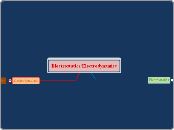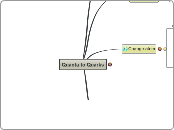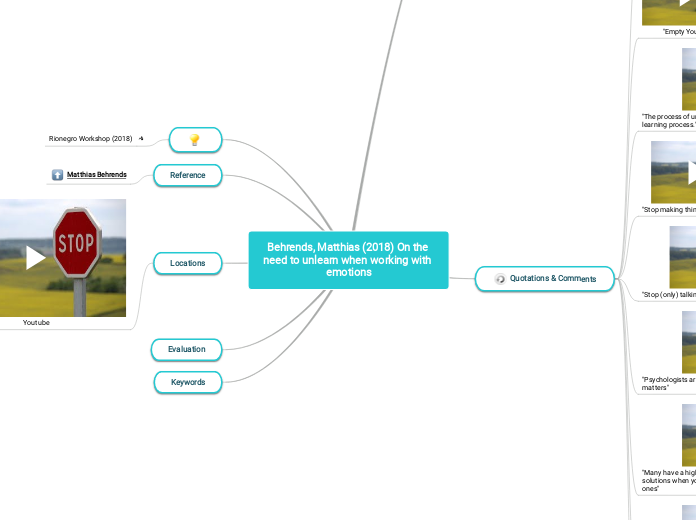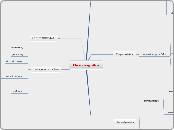Electrostatics/Electrodynamics
Electrodynamics
Electric Charges In Motion
Electric Circuit
Resistance
Conductance
Reciprocal Of Resistance
Temperature
Cross-sectional Area
Length
Material
Ohm = Resitance Of Column Of Mercury: 14.45g wt./106.3 cm ht.
Ohm's Law - I = V/R
R = Resistance In Ohms
V = Potential Difference In Volts
I = Current In Amperes
Property Of Circuit Which Hinders/Opposes Current Flow
Current
Ampere (Amp) = 1 Coulomb Charge Flowing Per Second
Amount Of Charge Flowing Per Second
Potential Difference
1 Volt = 1 Joule/Coulomb
EMF (Electromotive Force) = Maximum Difference Of Potential
Drives the Electrons
Electrostatics
Static Electricity
Laws
Only Negative Charges (Electrons) Can Move In Solid Conductors
Charges Concentrate On Point Of Greatest Surface Curvature
Charges Reside Only On External Surfaces Of Conductors
Force Between Charges
Coulomb's Law
D is distance in meters
Q is quantity in Coulombs
k is medium dependent constant
F = Force In Newtons
F = k([Q1 x Q2]/Dsq)
Directly Proportional To Product Of Their Quantities
Inversely Proportional To Square Of Distance Between Them
Unlike Charges Attract
Like Charges Repel
Electrification
Induction
Contact
Friction
Charges
Negative
Positive









